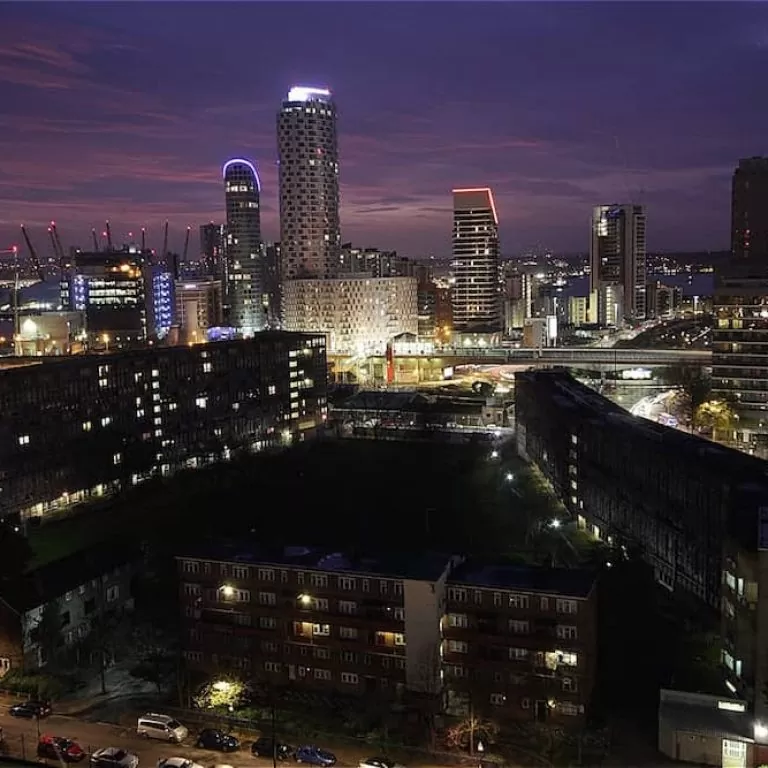
News Time-Lapse Trends: Day to Night – Part III
“Time-Lapse Trends” is a video blog series which draws attention to some of the many exciting trends in time-lapse production. We feature a new trend in each instalment, to demonstrate the scope of the medium and the various ways in which it is applied, ranging from the popular to the more obscure.
Perhaps one of the most popular trends in the world of time-lapse is tracking periods of day or night – or day to night. Having already covered day-time and day to night, we finally move on to rendering night-time scenes using time-lapse.
Shooting time-lapse at night is difficult to master, especially if you are trying to capture the sky specifically. Artificial light can create unwanted pollution that will wash out any clear picture of the night sky because of the amount of light flooding the sensor.
As such, rural areas provide the best opportunities for an incredibly dark setting to help bring out a spectacular and starry night sky.
Neil Zeller’s ‘Night Skies’ compilation is a prime example of this approach working well.
Time-lapsing at night can be an incredibly slow process as there needs to be a considerable amount of images in order to make up a lengthy sequence of video footage. To give you an idea of this, Zeller’s work required approximately 75 hours of photography time, culminating in about 14,000 images.
Capturing an urban environment, however, it is necessary to get to grips with how to render scenes when there is a large amount of artificial light.
As we have covered extensively in previous posts, for a professional time-lapse company, it is vital that camera systems are equipped for all manner of conditions. At times of the year when there are fewer daylight hours, capture is often at the mercy of lots of street lights, car lights, billboards, and tower blocks.
But this can create stunning individual night-time compositions. And with interval photography, hours at the beginning and the end of each day that are known for their favourable qualities of light, can result in predictable, yet stunning images.
There are many examples where time-lapse photographers have experimented, and made the most of these particular times when natural light is limited.
The movement and lights lends itself so well to time-lapse, exemplified by Max Wilson’s ‘Windy City Nights III‘. In his own words, you can literally see “the pulse of Chicago at night.”
The sense that the city never really sleeps is captured by Ron Risman in his short time-lapse film of New Hampshire in the North East of the United States.
Look out for the vivid colours of the Aurora Borealis – another perk of night-time time-lapse. Indeed, time-lapse is able to show movement as well as light, visually representing the beauty of such natural phenomena.
And so concludes our special “Time-Lapse Trends: Day to Night” series. If you have missed part I and II, you can read them using the navigation below.